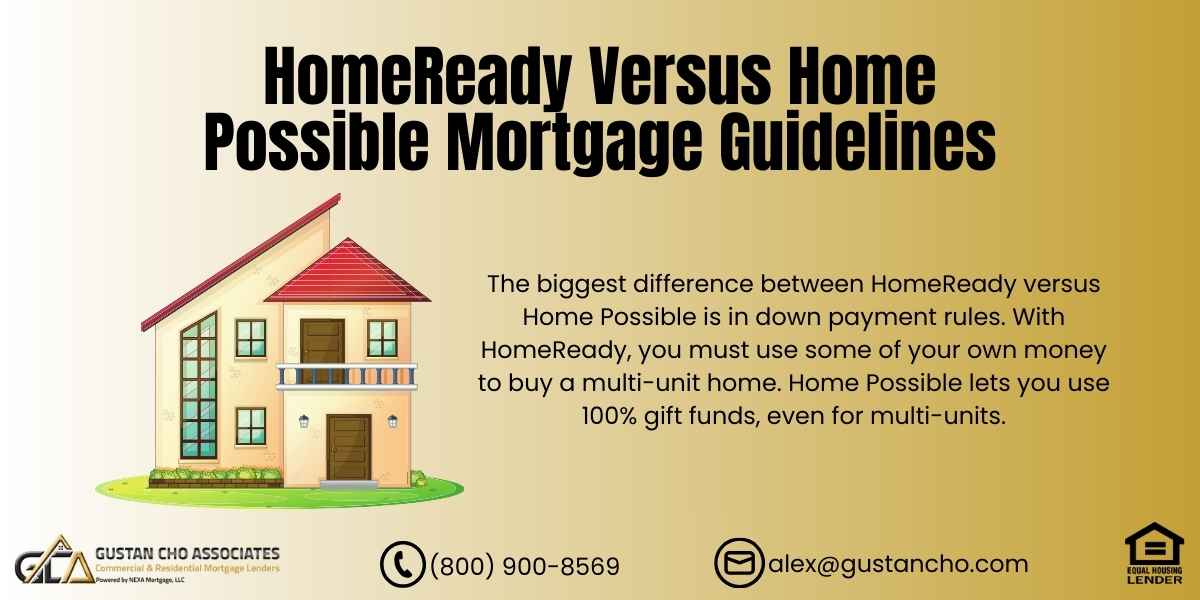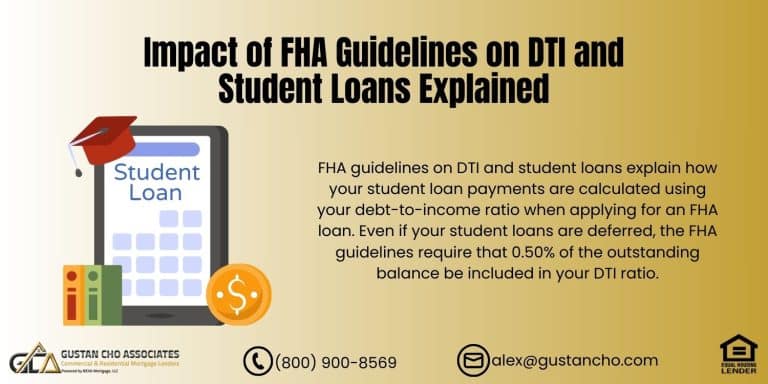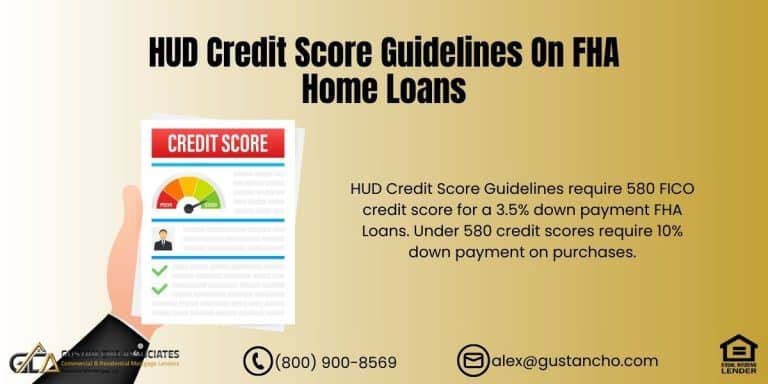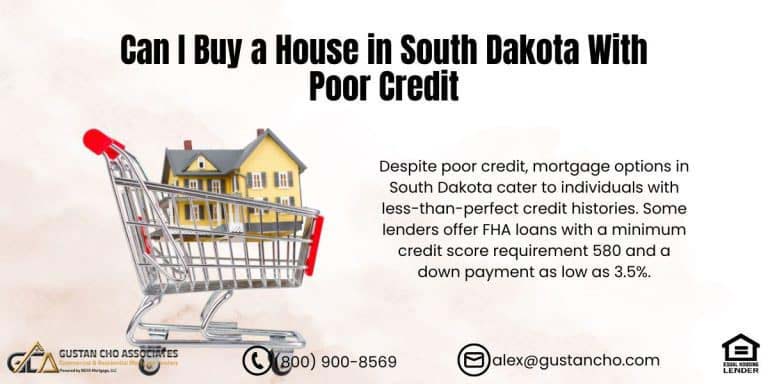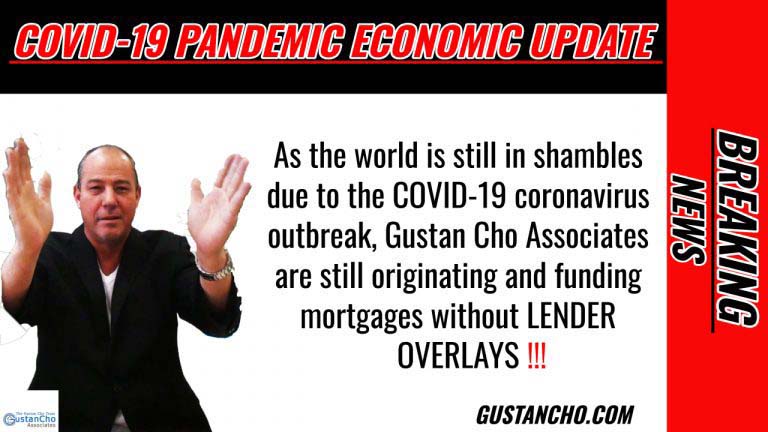HomeReady Versus Home Possible in 2025: Which Loan Is Best for You?
If you’re looking for a mortgage and don’t have a big down payment, you might have come across HomeReady and Home Possible. These are two popular options for low down payment conventional loans supported by Fannie Mae and Freddie Mac.
At Gustan Cho Associates, we work with both programs every day. We’ll break down exactly how HomeReady versus Home Possible work in 2025, the similarities, the key differences, and which one might be the better choice for you.
Whether you’re a first-time buyer or a repeat homeowner, you’ll know exactly what steps to take to get approved.
What Are HomeReady and Home Possible Loans?
HomeReady and Home Possible are conventional loan programs that facilitate homeownership for low to moderate-income borrowers. HomeReady is provided by Fannie Mae, while Home Possible is offered by Freddie Mac. These programs are designed to make buying a home more accessible for individuals who may face financial challenges.
They share a common goal:
- Low 3% down payment
- Flexible credit requirements
- Ability to use gifts, grants, and other sources for down payment
- Lower mortgage insurance costs than FHA
The key differences between HomeReady versus Home Possible are in the credit score minimums, down payment sources, and income rules. Understanding these can save you thousands of dollars over the life of your loan.
HomeReady vs. Home Possible: Which Is Better for You?
Compare guidelines, benefits, and costs to find your perfect low-down-payment mortgage.
2025 Guideline Snapshot: HomeReady Versus Home Possible
| Feature | HomeReady (Fannie Mae) | Home Possible (Freddie Mac) |
| Credit Score Minimum | 620 | 620 |
| Down Payment | 3% (borrower must contribute if multi-unit) | 3% (no borrower contribution required) |
| Income Limits | 80% of Area Median Income (AMI) | 80% of AMI (some exceptions in underserved areas) |
| Property Types | 1–4 unit owner-occupied, condos, PUDs | 1–4 unit owner-occupied, condos, PUDs |
| Homebuyer Education | Required for first-time buyers | Required, but waived if at least one borrower is not first-time |
| Boarder Income Allowed? | Yes | Yes |
| Non-Occupant Co-Borrower? | Yes | Yes |
How HomeReady Works in 2025
HomeReady is designed for borrowers with steady income, moderate credit, and a desire to keep costs low.
- Down Payment: 3% of purchase price
- Credit Score: Minimum 620 FICO
- Income Limits: You need to make no more than 80% of the average income for your area if you want to buy that property.
- Source of Funds: Gifts, grants, and down payment assistance allowed (multi-unit buyers must contribute at least 3% of their own funds)
- Mortgage Insurance: Lower PMI rates than FHA, and can be canceled once LTV reaches 80%
HomeReady also allows flexible income sources, such as:
- Boarder or roommate rent (with 12 months documented history)
- Non-borrower household income for qualification flexibility
How Home Possible Works in 2025
Home Possible is Freddie Mac’s answer to HomeReady and has similar features.
- Down Payment: 3% minimum — no personal contribution required, even for multi-units
- Credit Score: Minimum 620 FICO
- Income Limits: 80% of AMI, with flexibility in underserved markets
- Source of Funds: 100% can be gifts, grants, or down payment assistance
- Mortgage Insurance: PMI can be paid monthly or upfront; it can be canceled once LTV hits 80%
A unique perk: Home Possible waives the homebuyer education course requirement if one borrower is not a first-time buyer.
Find the Right First-Time Buyer Program
HomeReady and Home Possible both offer affordable paths to homeownership — see which fits your needs.
HomeReady Versus Home Possible Down Payment Rules
Both programs have a low 3% down payment, but here’s where HomeReady versus Home Possible split:
When purchasing a 2–4 unit property, the HomeReady program requires a contribution of 3% from your own funds. In contrast, the Home Possible program allows for the use of 100% gift funds for the same type of properties.
If you’re buying a single-family home or condo, both allow the full down payment from gifts or assistance.
Mortgage Insurance: HomeReady Versus Home Possible
When you’re getting a loan and your down payment is less than 20%, it’s good to remember that you’ll need private mortgage insurance (PMI). If you’re looking at the HomeReady program, the cool thing is that you can cancel PMI once your loan-to-value (LTV) ratio hits 80%. Plus, it usually has better rates than regular conventional loans, so it’s an appealing option.
The Home Possible program is similar in that it also allows you to cancel PMI. You can pick between paying PMI monthly or making an upfront payment, which can help lower your monthly payments. This gives you some extra ways to manage your bills while you’re building equity in your home.
Overall, compared to FHA loans, the HomeReady and Home Possible programs can save you money in the long run since PMI isn’t required for the life of the loan.
Property Types You Can Buy
When you’re looking at buying property through these programs, there are quite a few options to consider. You can go for single-family homes, condos that meet the requirements, and Planned Unit Developments (PUDs). Plus, if you’re considering a multi-family setup, you can buy 2-4 unit properties as long as you’ll be living in one of them.
This gives purchasers an appealing variety of options to align with their preferences and requirements.
But there are some important rules to keep in mind. Both programs don’t allow buying investment properties you won’t live in or second homes. Also, condos that don’t meet the warranty and condotels aren’t eligible. Buyers must be aware of these limitations while exploring their real estate options.
Income Limit Rules for HomeReady and Home Possible
In 2025, both programs limit borrower income to 80% of the Area Median Income.
You can check your limit on:
- Fannie Mae’s HomeReady Lookup Tool
- Freddie Mac’s Home Possible Income Tool
There are exceptions in low-income census tracts where income limits may be higher or waived.
Homebuyer Education Requirements
- HomeReady: First-time buyers must take an approved homebuyer education course. If multiple borrowers, at least one must complete it.
- Home Possible: Education is required if all borrowers are first-time buyers; it is waived if one borrower has owned a home before.
Choose the Best Low-Down-Payment Loan
We break down HomeReady vs. Home Possible so you can make an informed choice.
HomeReady Versus Home Possible Credit Guidelines
- Minimum Credit Score: Both are 620 in 2025
- Bankruptcy: 4 years after Chapter 7, 2 years after Chapter 13 discharge (4 years after dismissal)
- Foreclosure: 7 years waiting period
- Short Sale/Deed-in-Lieu: 4 years
Which Is Better: HomeReady or Home Possible?
Choosing between HomeReady versus Home Possible depends on your situation:
Choose HomeReady if:
- You’re buying a multi-unit property and can contribute part of your own funds
- You have household boarder income to help qualify
- You’re fine completing the homebuyer education course
Choose Home Possible if:
- You want 100% gift funds for a multi-unit down payment
- You want to skip the education course if a co-borrower isn’t a first-time buyer
- You’re in an underserved area with more flexible income limits
Why Work With Gustan Cho Associates for HomeReady or Home Possible
At Gustan Cho Associates, we:
- Offer both HomeReady and Home Possible with no lender overlays
- Approve borrowers, other lenders turn away
- Work with over 210 wholesale lenders nationwide
- Close loans fast — often in 21 days or less
Over 80% of our borrowers came to us after being denied elsewhere. With our experience, we’ll match you to the right program and get you to the closing table.
How to Apply for HomeReady or Home Possible
- Contact Us at 800-900-8569 or apply online
- We Review Your File and match you to HomeReady or Home Possible
- Get Pre-Approved within 24 hours
- Find Your Home and close quickly with confiden
Final Thoughts on HomeReady Versus Home Possible in 2025
When comparing HomeReady versus Home Possible, the differences might seem small, but the right choice can save you money and make qualifying easier. At Gustan Cho Associates, we make the process simple. We’ll guide you step-by-step, ensure you get the lowest costs, and help you become a homeowner — even if other lenders said “no.”
Borrowers who need a five-star national mortgage company licensed in 50 states with no overlays and who are experts on HomeReady versus Home Possible, please contact us at 800-900-8569, text us for a faster response, or email us at gcho@gustancho.com.
Frequently Asked Questions About HomeReady Versus Home Possible:
Q: What is the Main Difference Between HomeReady Versus Home Possible?
A: The biggest difference is in down payment rules. With HomeReady, you must use some of your own money to buy a multi-unit home. Home Possible lets you use 100% gift funds, even for multi-units.
Q: Can I Qualify for HomeReady Versus Home Possible with Bad Credit?
A: Yes, both programs allow credit scores as low as 620 in 2025. If your score is lower, Gustan Cho Associates can check your non-QM options.
Q: How Much Down Payment is Needed for HomeReady Versus Home Possible?
A: Both programs require just 3% down. For single-family homes, the down payment can come entirely from gifts or assistance for either program.
Q: Who is a Better Fit for HomeReady Versus Home Possible?
A: Choose HomeReady if you have your own down payment for a multi-unit property or want to use boarder income. Choose Home Possible if you want 100% gift funds for multi-units or to skip the education course when possible.
Q: Are Income Limits the Same for HomeReady Versus Home Possible?
A: Yes, both limit your income to 80% of your area’s median income, but there are exceptions in low-income census tracts.
Q: What Types of Homes Can I Buy with HomeReady Versus Home Possible?
A: You can buy 1–4 unit owner-occupied homes, condos, and PUDs. Neither program allows investment homes, second homes, non-warrantable condos, or condotels.
Q: Do Both HomeReady Versus Home Possible Require Mortgage Insurance?
A: Yes, but the PMI can be canceled when you reach 80% loan-to-value. Both programs often have cheaper PMI than FHA loans.
Q: Is a Homebuyer Education Course Required for HomeReady Versus Home Possible?
A: HomeReady always requires the course for first-time buyers. Home Possible waives it if at least one borrower has owned a home before.
Q: Can I Use a Non-Occupant Co-Borrower for HomeReady Versus Home Possible?
A: Yes, both programs allow non-occupant co-borrowers, and they don’t have to be related to you.
Q: Why Should I Use Gustan Cho Associates for HomeReady Versus Home Possible?
A: We offer both programs with no lender overlays, approve borrowers denied elsewhere, and close fast. We’ll help you choose the best fit for your situation.
This article about “HomeReady Versus Home Possible Mortgage Guidelines” was updated on August 12th, 2025.
Save More with the Right Program
The right loan could mean thousands in savings — find out if it’s HomeReady or Home Possible for you.


